PAYSAGE À MANGER
Besides growing potatoes, since 2015 Paysage à Manger has had a mountain vegetable garden too. We grow “veritable vegetables”, they joke, playing with words. 120 different varieties of vegetables and pulses are grown over an area of five thousand square metres. Consumers can pick the vegetables with the owners or even be given a plot of land to grow their own crops. A wooden hut has been built next to the field, where produce is sold directly to customers: “This way we can offer fresh produce every day. This is an unprecedented initiative in the valley, very much appreciated not only by tourists, but also by restaurateurs” underlines Chierico. Potatoes too are sold retail, with prices ranging between €2 and €7 per kilogram. A booklet describes Paysage à Manger’s “edible culture” catalogue and teaches the farm’s customers how to make the most of each potato variety when cooking. The Cerisa, for example, is excellent boiled, while the Corne de Gatte is at its best when baked in the oven with its skin on.
Cuisine
“Type B” potatoes, on the other hand, have a medium texture, medium moisture, and medium dry matter content. This makes them suitable for a wide variety of recipes: they can be used in salads or gratins, baked, mashed, fried or to make gnocchi. “Type C” potatoes, in turn, have a floury, rather tender, dry and fairly coarse-textured pulp; they tend to disintegrate during cooking, which makes them perfect for frying, mashing, gnocchi, croquettes and desserts.
